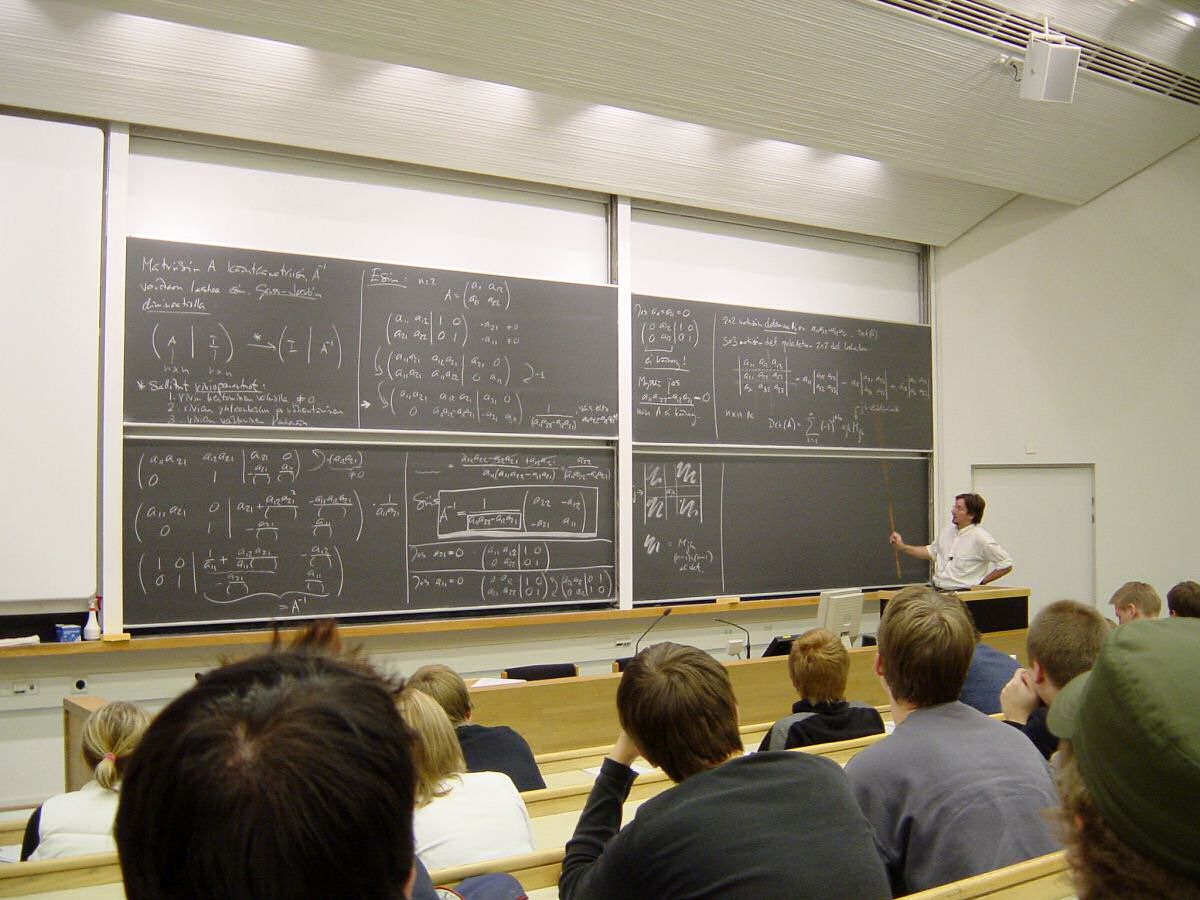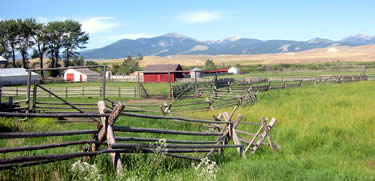|
Marzagão
Marzagão is a municipality in south Goiás state, Brazil. Location Marzagão is located in the Meia Ponte Microregion in the extreme south of the state, less than north of the great Itumbiara reservoir, which forms the boundary with the state of Minas Gerais. There are paved road connections with Água Limpa, , and Caldas Novas, . The distance to the state capital, Goiânia, is 100 km. Highway connections are made by GO-040 / Aragoiânia / Cromínia / GO-217. SeSepinfor the complete list of distances in the state of Goiás Municipal boundaries are with: *north and east: Caldas Novas *west: Rio Quente *south: Água Limpa and Corumbaíba History Marzagão began at the beginning of the twentieth century on lands belonging to the Fazenda Boa Vista de Marzagão, in the municipality of Caldas Novas. Because of its position on the highway linking Goiás with Minas Gerais it developed quickly. In 1916 it became a district of Caldas Novas. In 1938 the name was shortened ... [...More Info...] [...Related Items...] OR: [Wikipedia] [Google] [Baidu] |
List Of Municipalities In Goiás
This is a list of the municipalities in the state of Goiás (GO), in the Central-West Region of Brazil. Goiás is divided into 246 municipalities, which are grouped into 18 microregions, which are grouped into 5 mesoregions. Ordered by regions Ordered by population List of municipalities in Goiás by population, in descending order, based on estimates from IBGE for 1 July 2005. More than 500,000 inhabitants More than 100,000 inhabitants More than 50,000 inhabitants More than 25,000 inhabitants More than 10,000 inhabitants More than 5,000 inhabitants Fewer than 5,000 inhabitants Ordered by area and population This is a list of municipalities in the state of Goiás, Brazil. Population figures are estimates from 2005. Area figures are from 2002. See also * Geography of Brazil * List of cities in Brazil {{DEFAULTSORT:List of municipalities in Goias * Goias Municipalities A municipality is usually a single administrative division havi ... [...More Info...] [...Related Items...] OR: [Wikipedia] [Google] [Baidu] |
Corumbaíba
Corumbaíba is a municipality in southeastern Goiás state, Brazil. Location and connections Corumbaíba is located 222 kilometers from the state capital, Goiânia. It is south of Caldas Novas and north of the Itumbiara reservoir. Connections from Goiânia are made by BR-352 / Bela Vista de Goiás / GO-147 / Piracanjuba / GO-217 / GO-139 / Caldas Novas / Marzagão. It has boundaries with the following municipalities: *north: Ipameri and Caldas Novas; *south: Araguari and Tupaciguara; *east: Nova Aurora, Cumari, Anhangüera and Goiandira; *west: Buriti Alegre, Água Limpa and Marzagão. Demographic and political data *Population density: 4.24 inhabitants/km2 (2007) *Population growth rate 2000/2007: 2.67.% *Urban population in 2007: 6,107 *Rural population in 2007: 1,894 *Eligible voters in 2007: 6,263 *City government in 2005: *Mayor (prefeito): Denismar Carneiro de Araújo *Vice-mayor (vice-prefeito): Walter das Graças de Deus *Councilmembers (vereadores): 09 Econ ... [...More Info...] [...Related Items...] OR: [Wikipedia] [Google] [Baidu] |
Água Limpa
Água Limpa is a municipality in south Goiás state, Brazil. The population was 1,830 in 2020 and the municipal area was 454.3 km2. Geography Água Limpa is located in the Meia Ponte Microregion (SeCitybrazilfor all the regions) in the extreme south of the state approximately 20 kilometers north of the Itumbiara artificial lake, which forms the boundary between the states of Goiás and Minas Gerais. The town is connected by paved roads with Caldas Novas to the north and Itumbiara to the west. The distance to the state capital, Goiânia, is 195 km. Highway connections from Goiânia are made by BR-153 / Aparecida de Goiânia / Morrinhos / GO-147. SeDistancias Rodoviarias Sepin Municipal boundaries * north: Morrinhos and Rio Quente * south: Minas Gerais * east: Marzagão * west: Buriti Alegre Demographics *Population density: 4.58 inhabitants/km2 (2007) *Population in 2007: 2,074 *Population in 1980: 2,226 *Urban population in 2007: 1,447 *Rural population in 2 ... [...More Info...] [...Related Items...] OR: [Wikipedia] [Google] [Baidu] |
Meia Ponte Microregion
The Meia Ponte Microregion is a statistical region of Goiás state, Brazil created by the IBGE (Instituto Brasileiro de Geografia e Estatística). It is located south of the state capital, Goiânia, and includes 21 municipalities with a total population of 338,147 inhabitants (2007). The total area is 21,229.00 km2. The region takes in the Meia Ponte River basin. The largest cities are Morrinhos, Goiatuba, Itumbiara, and Caldas Novas. The region has great variety in landscape. The north is hillier while the south is characterized by rolling plains with herds of beef cattle and plantations of corn and soybeans. Municipalities The microregion consists of the following municipalities: [...More Info...] [...Related Items...] OR: [Wikipedia] [Google] [Baidu] |
Literacy
Literacy is the ability to read and write, while illiteracy refers to an inability to read and write. Some researchers suggest that the study of "literacy" as a concept can be divided into two periods: the period before 1950, when literacy was understood solely as alphabetical literacy (word and letter recognition); and the period after 1950, when literacy slowly began to be considered as a wider concept and process, including the social and cultural aspects of reading, writing, and functional literacy. Definition The range of definitions of literacy used by Non-governmental organization, NGOs, think tanks, and advocacy groups since the 1990s suggests that this shift in understanding from "discrete skill" to "social practice" is both ongoing and uneven. Some definitions remain fairly closely aligned with the traditional "ability to read and write" connotation, whereas others take a broader view: * The 2003 National Assessment of Adult Literacy (USA) included "quantitativ ... [...More Info...] [...Related Items...] OR: [Wikipedia] [Google] [Baidu] |
Higher Education
Tertiary education (higher education, or post-secondary education) is the educational level following the completion of secondary education. The World Bank defines tertiary education as including universities, colleges, and vocational schools. ''Higher education'' is taken to include undergraduate and postgraduate education, while vocational education beyond secondary education is known as ''further education'' in the United Kingdom, or included under the category of ''continuing education'' in the United States. Tertiary education generally culminates in the receipt of Academic certificate, certificates, diplomas, or academic degrees. Higher education represents levels 5, 6, 7, and 8 of the ISCED#2011 version, 2011 version of the International Standard Classification of Education structure. Tertiary education at a nondegree level is sometimes referred to as further education or continuing education as distinct from higher education. UNESCO stated that tertiary education focu ... [...More Info...] [...Related Items...] OR: [Wikipedia] [Google] [Baidu] |
Middle School
Middle school, also known as intermediate school, junior high school, junior secondary school, or lower secondary school, is an educational stage between primary school and secondary school. Afghanistan In Afghanistan, middle school includes grades 6, 7, and 8, consisting of students from ages 11 to 14. Algeria In Algeria, a middle school includes 4 grades: 6, 7, 8, and 9, consisting of students from ages 11–14. Argentina The of secondary education (ages 11–14) is roughly equivalent to middle school. Australia No states of Australia have separate middle schools, as students go directly from primary school (for years K/preparatory–6) to secondary school (years 7–12, usually referred to as high school). As an alternative to the middle school model, some secondary schools classify their grades as "middle school" (years 5,6,7,8 where primary and secondary campuses share facilities or 7,8,9 in a secondary campus) or "junior high school" (years 7, 8 and 9) and "senior hi ... [...More Info...] [...Related Items...] OR: [Wikipedia] [Google] [Baidu] |
Primary Education
Primary education is the first stage of Education, formal education, coming after preschool/kindergarten and before secondary education. Primary education takes place in ''primary schools'', ''elementary schools'', or first schools and middle schools, depending on the location. Hence, in the United Kingdom and some other countries, the term ''primary'' is used instead of ''elementary''. There is no commonly agreed on duration of primary education, but often three to six years of elementary school, and in some countries (like the US) the first Primary education in the United States, seven to nine years are considered primary education. The International Standard Classification of Education considers primary education as a single phase where programs are typically designed to provide fundamental reading, writing, and mathematics skills and establish a solid foundation for learning. This is International Standard Classification of Education#Level 1, ISCED Level 1: Primary educatio ... [...More Info...] [...Related Items...] OR: [Wikipedia] [Google] [Baidu] |
Infant Mortality
Infant mortality is the death of an infant before the infant's first birthday. The occurrence of infant mortality in a population can be described by the infant mortality rate (IMR), which is the number of deaths of infants under one year of age per 1,000 live births. Similarly, the ''child mortality rate'', also known as the ''under-five mortality rate,'' compares the death rate of children up to the age of five. In 2013, the leading cause of infant mortality in the United States was birth defects. Other leading causes of infant mortality include birth asphyxia, pneumonia, neonatal infection, diarrhea, malaria, measles, malnutrition, congenital malformations, term birth complications such as abnormal presentation of the fetus, umbilical cord prolapse, or prolonged labor. One of the most common preventable causes of infant mortality is smoking during pregnancy. Lack of prenatal care, alcohol consumption during pregnancy, and drug use also cause complications that may result in in ... [...More Info...] [...Related Items...] OR: [Wikipedia] [Google] [Baidu] |
Ranching
A ranch (from /Mexican Spanish) is an area of land, including various structures, given primarily to ranching, the practice of raising grazing livestock such as cattle and sheep. It is a subtype of farm. These terms are most often applied to livestock-raising operations in Mexico, the Western United States and Western Canada, though there are ranches in other areas.For terminologies in Australia and New Zealand, see Station (Australian agriculture) and Station (New Zealand agriculture). People who own or operate a ranch are called ranchers, cattlemen, or stockgrowers. Ranching is also a method used to raise less common livestock such as horses, elk, American bison, ostrich, emu, and alpaca.Holechek, J.L., Geli, H.M., Cibils, A.F. and Sawalhah, M.N., 2020. Climate Change, Rangelands, and Sustainability of Ranching in the Western United States. ''Sustainability'', ''12''(12), p.4942. Ranches generally consist of large areas, but may be of nearly any size. In the western United S ... [...More Info...] [...Related Items...] OR: [Wikipedia] [Google] [Baidu] |
Rio Quente
Rio Quente (; "Hot River") is a municipality in the south of the state of Goiás, Brazil. It is the site of a hot water spa known all over the country. Location Rio Quente is 178 km. south of the state capital Goiânia and 360 km. southwest of Brasília. Nearby cities are Morrinhos, 53 km. to the west, and Caldas Novas, 28 km. to the east. Connections with Goiânia are made by BR-352 / Bela Vista de Goiás / GO-147 / Piracanjuba / GO-217 / GO-139 / GO-213 / GO-507. For a complete list of distances seSeplan It became a municipality in 1989, dismembering itself from Caldas Novas. Rio Quente is in the Meia Ponte Microregion. Neighboring municipalities are: *North: Caldas Novas *South: Água Limpa *East: Caldas Novas and Mairipotaba *West: Morrinhos Rio Quente is famous for its hot water springs, which were discovered by Bartolomeu Bueno da Silva (son), in 1722 and received the name of Caldas Velhas. It is situated in a region of tropical climate—hot an ... [...More Info...] [...Related Items...] OR: [Wikipedia] [Google] [Baidu] |
Cromínia
Cromínia is a municipality in south Goiás state, Brazil. It is famous for its chrome mines. Geographical Information Cromínia is located in the Meia Ponte Microregion, which includes the cities in the Meia Ponte River basin. It is approximately 87 kilometers south of the state capital, Goiânia and is 17 kilometers west of the important BR-153 highway, which links Goiânia to Minas Gerais. Highway connections from Goiânia are made by BR-153 / Aparecida de Goiânia / Professor Jamil / GO-217. For the complete list of all distances in Goiás seSepin Neighboring municipalities are: *north: Aragoiânia *east: Professor Jamil *west and south: Mairipotaba Demographics *Population density: 9.78 inhabitants/km2 (2007) *Population growth rate 1996/2007: -0.21.% *Total population: 3,618 (2007) *Total population: 3,362 (1980) *Urban population: 2,861 (2007) *Rural population: 879 (2007) Economic Activities Chrome mining gave the city its name but cattle raising and agricultu ... [...More Info...] [...Related Items...] OR: [Wikipedia] [Google] [Baidu] |



